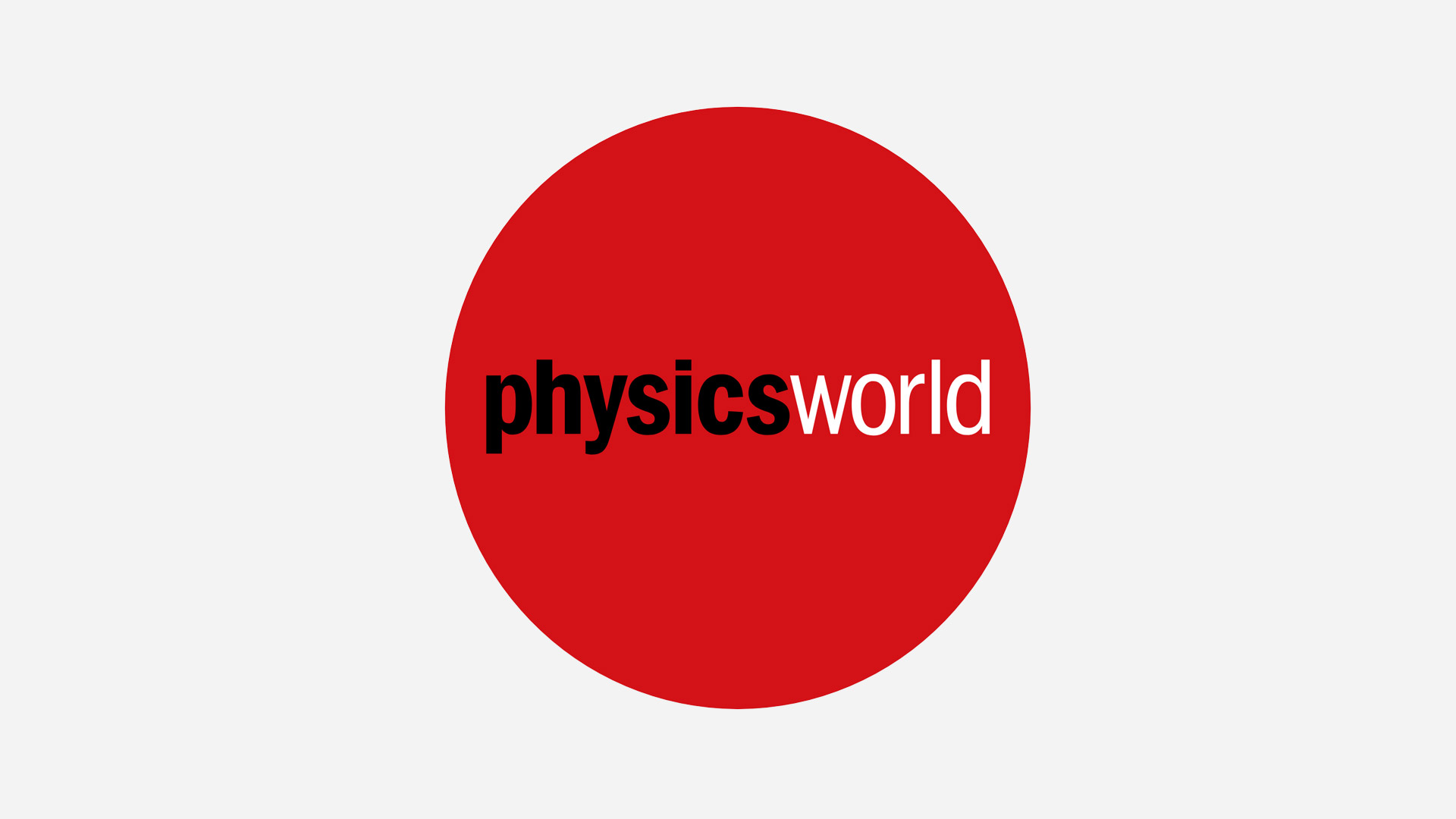Author
Array
(
[0] => linkedin
[1] => facebook
[2] => twitter
[3] => google-plus
[4] => youtube
)
Array
(
[0] => linkedin
[1] => facebook
[2] => twitter
[3] => google-plus
[4] => youtube
)
Array
(
[0] => linkedin
[1] => facebook
[2] => twitter
[3] => google-plus
[4] => youtube
)
Array
(
[0] => linkedin
[1] => facebook
[2] => twitter
[3] => google-plus
[4] => youtube
)
Array
(
[0] => linkedin
[1] => facebook
[2] => twitter
[3] => google-plus
[4] => youtube
)
No Author
Author archive

Attempts to locate the satellite with NASA’s Deep Space Network had been unsuccessful. However, by bouncing radio waves from the Arecibo observatory in Puerto Rico off the satellite, and detecting the reflections on a 70 meter radio telescope in Goldstone, California, astronomers have been able to establish SOHO’s position. The signals indicate that the craft […]

Russia and the US each have 50 tons of weapons-grade plutonium to dispose of by either converting it into fuel, or mixing it in with radioactive waste. At the same time, France and the UK separate 20 tons of plutonium a year from spent civilian nuclear fuel but burn only 9 tons a year as […]

Their technique works by growing single crystal films of the superconducting compound lanthanum-strontium-copper-oxide (La1.9Sr0.1CuO4) on top of a crystal with a smaller lattice spacing. Because the layers are very thin, the layer of superconductor is placed under ‘epitaxial’ strain. The compression in a single plane produces much greater improvements in Tc than standard ways of […]

The charges are designed to help fund the soaring costs of international Internet access from the UK. Over the past four years access costs have risen from £1 million ($1.7 m) to £7 million ($11.1 m). However, the speed at which UKERNA has introduced charging has caught many departments by surprise. UKERNA calls the new […]

Rignot used radar data taken between 1992 and 1996 by two European satellites, ERS-1 and ERS-2, to generate interference patterns that are sensitive to small vertical movements. These patterns provide information on the velocity of the ice – how fast it is creeping towards the bay – and the hinge point – the position on […]

In the past similar approaches have been used to crack encryption codes or calculate the largest prime number, but this is the first time such a scheme has been used for analysing raw scientific data. The system works by fooling the computer into running a screen-saver package called SETI@home every time the machine is idle. […]

Sonoluminescence occurs because sound waves cause a bubble to expand and then collapse in a liquid. The bubble first expands to almost 10 times its original dimensions, and then collapses at supersonic velocities to a minimum diameter that depends on atomic forces in the bubble. At this point the implosion produces a flash of light […]

The report suggests that governments should move more university researchers onto short-term contracts to encourage mobility between academia and industry. It also recommends that scientists should rely on specific research grants rather than general research funding provided by institutions. Such a system already operates in the UK, US and Australia and has been very successful […]

Shepard was born in East Derry, New Hampshire, on November 18, 1923, and received a Bachelor of Science degree from the US Naval Academy in 1944. Before joining NASA, he flew as a Navy pilot. Shepard features in one of the most memorable images from the US space programme – he was the first golfer […]

Andrew Belmonte of the University of Pittsburgh, and Hagai Eisenberg and Elisha Moses of the Weizmann Institute of Science in Israel dropped thin strips of plastic, brass and steel in various liquids and filmed their motion with a high-speed video camera. The liquids used by the team included water, petroleum ether and a 40:60 mixture […]
Copyright © 2025 by IOP Publishing Ltd and individual contributors
